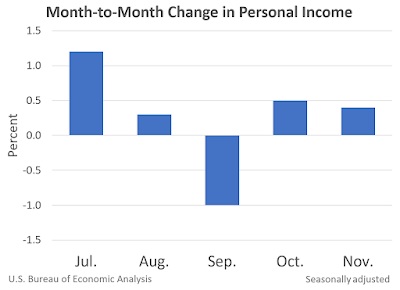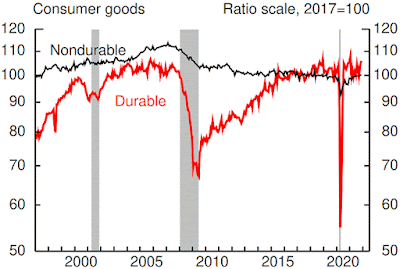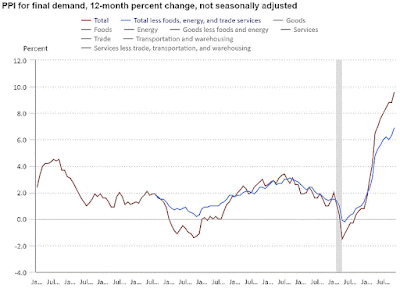New Unemployment Insurance Claims for The Week of December 25, 2021
 |
| Jobless Claims |
Earlier today, the Labor Department released its weekly report on New Jobless Insurance Claims for the week that ended on December 25, 2021:
====================
Predicted: 200,000
- Actual: 198,000
The yellow-highlighted figure represents the number of first-time claims for unemployment benefits for the entire United States. The "predicted" figure is what economists were expecting, while the "actual" is the true or real figure.
- Previous Week (revised): 206,000
- 4-Week Moving Average: 199,250
====================
From Today's Report
"...In the week ending December 25, the advance figure for seasonally adjusted initial claims was 198,000, a decrease of 8,000 from the previous week's revised level. The previous week's level was revised up by 1,000 from 205,000 to 206,000. The 4-week moving average was 199,250, a decrease of 7,250 from the previous week's revised average. This is the lowest level for this average since October 25, 1969 when it was 199,250. The previous week's average was revised up by 250 from 206,250 to 206,500..."
====================
====================
Labels: Coronavirus, COVID-19, COVID19, employment, hard_data, jobless, jobless claims, jobs, labor, layoffs, Pandemic, unemployment
|
--> www.FedPrimeRate.com Privacy Policy <--
CLICK HERE to JUMP to the TOP of THIS PAGE > SITEMAP < |




















